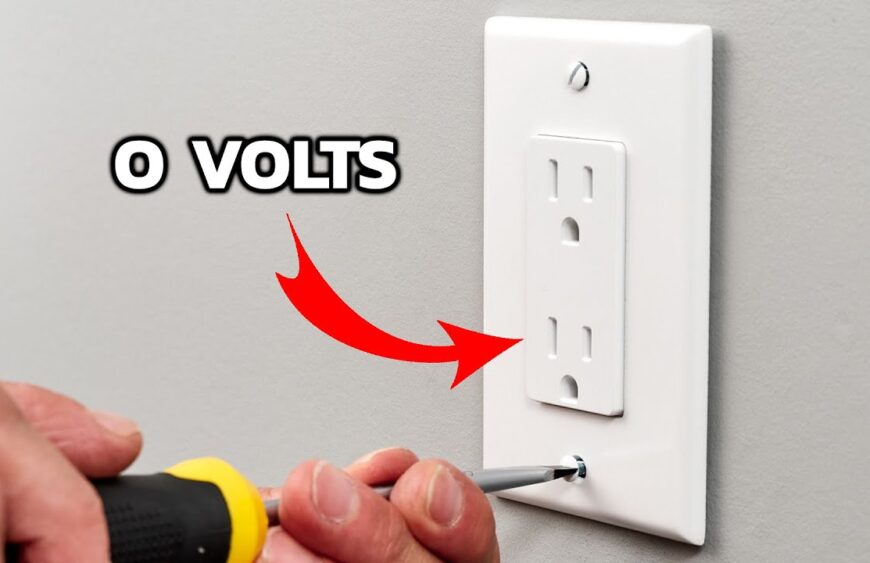When your power outlets are not working, it can be a major inconvenience. It is important to know how to troubleshoot the problem to find out what is causing the issue. In this article, we will discuss the common causes of power outlet not working and provide some troubleshooting tips.
Common Causes of Power Outlet Not Working
- Circuit Breaker: The most common cause of power outlet not working is a tripped circuit breaker. This can happen when too much power is drawn from the outlet, or if there is a short in the wiring.
- Ground Fault Interrupter (GFI): A GFI is a safety device that monitors the current flowing through the circuit. If the current exceeds a certain level, the GFI will trip and shut off power to the outlet.
- Damaged Wiring: Wiring can become damaged over time due to wear and tear, or from improper installation. This can cause the power outlet not to work.
Troubleshooting Tips
Check the Circuit Breaker
The first thing you should do is check the circuit breaker. Look for any tripped breakers and reset them. If the power outlet still does not work, you may need to replace the circuit breaker.
Test the GFI
If the outlet is equipped with a GFI, you should test it to make sure it is working properly. To do this, press the test button on the GFI. If the reset button pops out, the GFI is working properly. If not, you may need to replace the GFI.
Inspect the Wiring
If the circuit breaker and GFI are working properly, the next step is to inspect the wiring. Look for any signs of damage such as frayed wires or loose connections. If you find any, you should call a qualified electrician to repair the wiring.
Conclusion
When your power outlets are not working, it is important to troubleshoot the problem to find out what is causing the issue. The most common causes of power outlet not working are a tripped circuit breaker, a faulty GFI, or damaged wiring. If you are unable to fix the problem yourself, you should call a qualified electrician to inspect the wiring and make any necessary repairs.









